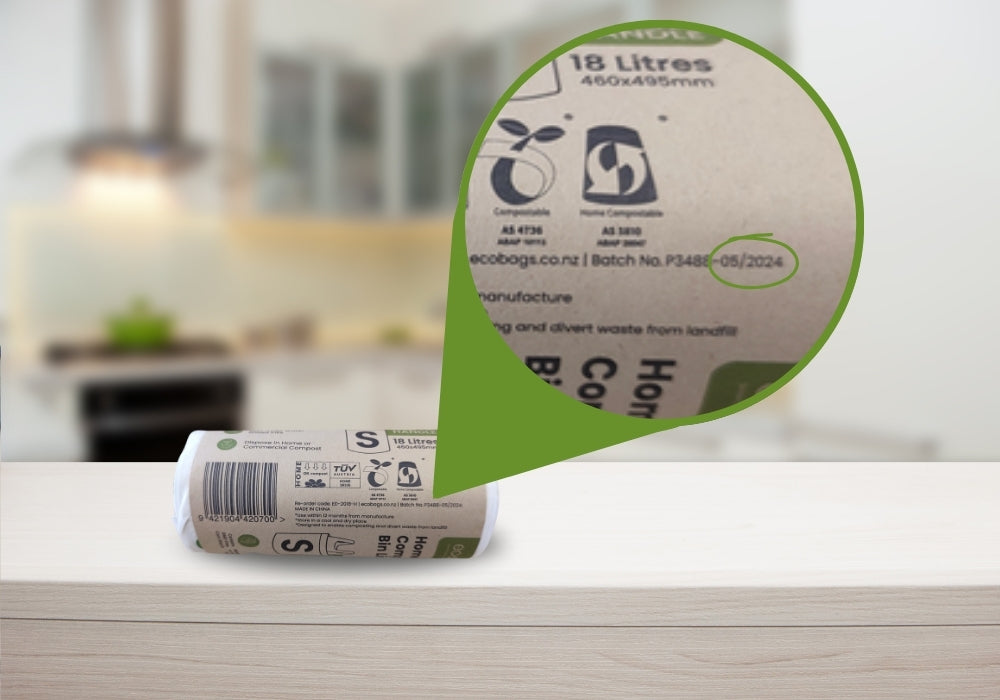
How can I tell if my compostable bags are within their shelf-life?
In our quest to make more environmentally responsible choices, many of us are turning to compostable packaging. It’s a fantastic step towards reducing waste and lowering our carbon footprint. However, there’s an important detail that often gets overlooked: compostable goods have a shelf life! Understanding this aspect can help you make better decisions and ensure that your eco-friendly efforts are truly effective.
What are compostable bags/packaging?
Compostable products are designed to break down into non-toxic components when exposed to natural composting conditions (found either in your home compost or a commercial composting facility). Unlike conventional plastics, which persist in the environment for hundreds of years, compostable materials are intended to return to the earth in a short time, leaving behind only organic matter.
Why shelf-life matters
While compostable packaging is a step in the right direction, it’s important to remember that it doesn’t last indefinitely. Here’s why shelf life is a critical factor:
Degradation over time: Compostable materials are designed to break down. Ecopack compostable bin liners are designed to break down within 90-180 days (depending on compost environment). If these materials are stored for too long before use, they may start to degrade prematurely and compromise the integrity of your bags.
Exposure to elements: Compostable materials can be sensitive to environmental factors such as moisture, heat, and sunlight. Extended exposure to these elements can accelerate the degradation process, compromising the effectiveness of your bags.
How to make the most of compostable goods
By understanding the shelf life and proper handling of compostable materials, you can maximise the use of your eco-friendly purchases.

